Exercise 3
horizontal
1.
1. Moralitats Zeugniss
2.
2. Kraft dessen von Seiten des Krakauer Pfarramtes
3.
3. der Wahrheit gemass ausgesprochen wird dass der
4.
4. H Ladislaus Ludovicus Anczyc dipplomirter Apotheker
5.
5. wahrend seines Aufenthaltes in Krakau sich stets
6.
6. anstandig relligios benommen und durch seinen
7.
7. moralischen und untadelhaften Lebenswandel
8.
8. die Achtung Aller erworben daher allenfals ver
9.
9. diennt dass ihm dem H Ladislaus Ludovicus Anczyc
10.
10. dieses ruhmliche und wohlverdiennte Zeugniss
11.
11. ausgestellt werde
Principles of transcription
- Maintain the original entry - carry out the transcription as faithfully as possible to the original, without correcting the writer's mistakes.
┬Ā - Lines of text - the transcription should be written in lines. If the word is divided between two lines, it should be written as in the original, that is, without connecting it.
┬Ā - Punctuation - all punctuation marks or others (e.g. commas, full stops, hyphens, etc.) appearing in the original should be ignored.
┬Ā - Writing capital letters - the mechanism recognises both small and capital letters as correct.
┬Ā - Shortening - the general rules accepted by us say that a contraction used by the scribe should be developed, giving the full word. This document contains only one contraction and it belongs to the contractions which are treated as exceptions - it is a polite phrase.┬Ā
┬Ā - Letters with diacritic marks - we should omit diacritic marks when deciphering, for example, we write ├╝ as u.
┬Ā - The letter ├¤ (scharfes S) - we write as ss (double s).
┬Ā
You can find the full principles of transcription here.
Helpful tips
- There is only one contraction in this document. It belongs to the group of contractions (polite phrases), which have been defined as exceptions which we do not need to write in full.
┬Ā - This document contains words which, as opposed to the rest of the text, are written in italics. In neo-Gothic text, the name and surname were usually written in this way.
┬Ā - Letters typical of neo-Gothic writing, above all: e, h, K, p and r, may cause the greatest problem while transcribing.
┬Ā - The scribe wrote a large A and the letter s in two different ways.
┬Ā - It is easy to confuse the letters e and n as well as v and w.
┬Ā
You will find more useful tips for transcribing old texts here.
Exercise 3
Model letters









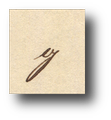




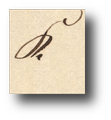






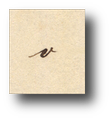

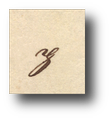






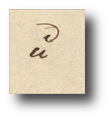





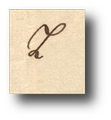
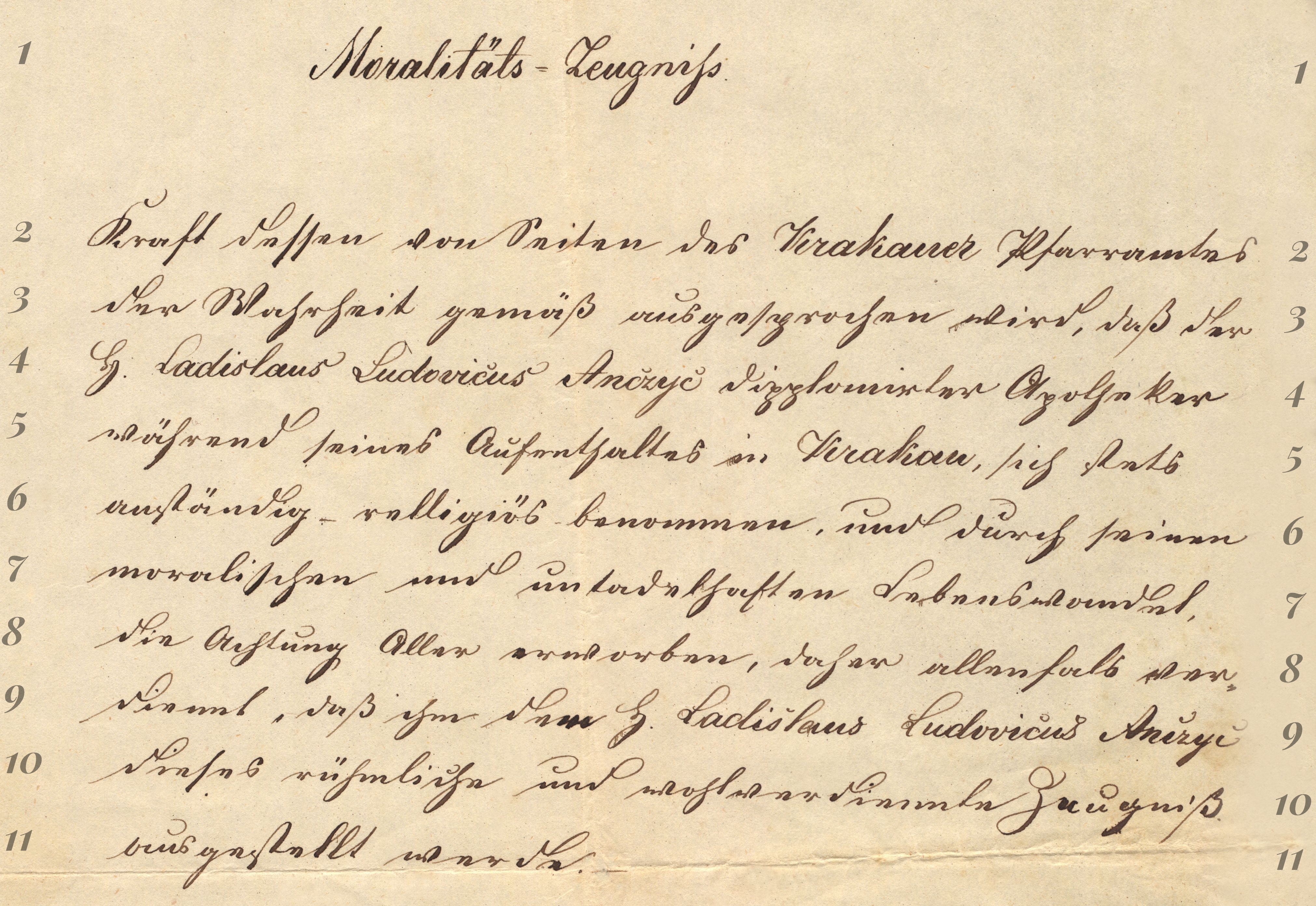
![H[err]](https://dawnepismo.ank.gov.pl/files/practice/shortcuts/exercise-3/cw03herr.png)